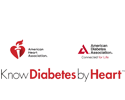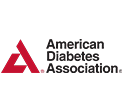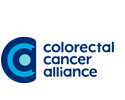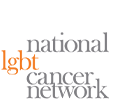Big Data in Healthcare: Speaking with Dr. Philip Bourne, National Institutes of Health
Our series on Big Data in Health Care continues this week with a conversation with Dr. Philip Bourne, Associate Director for Data Science, National Institutes of Health. Dr. Bourne discusses the goals of the NIH Big Data to Knowledge (BD2K) program and the challenges faced in leveraging big data to improve health outcomes.
Real World Health Care: Why did the NIH establish BD2K?
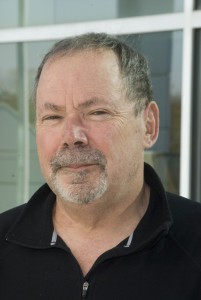
Dr. Philip Bourne, National Institutes of Health
Philip Bourne: Several years ago, NIH Director Francis Collins set up a data and informatics working group in response to the increasing amounts of digital data being generated in biomedical research. That working group led to the development of BD2K.
RWHC: What are the goals of BD2K?
PB: As set out by the working group’s report, the goals of BD2K are to promote the “fair” finding, access, sharing, incorporation and re-use of digital content and analytical tools within the entire spectrum of health care. Our goals also include promoting enhanced and diversified training around the process of analyzing large amounts of data and achieving sustainability of the complete digital biomedical ecosystem.
RWHC: “Big data” is a big buzzword these days, and it’s being leveraged among a wide range of industries with varying degrees of success. Where does the health care industry currently stand in terms of its overall ability to generate, gather, analyze and share big data toward the goal of improving positive health outcomes?
PB: I think there’s a good analogy here between revolutionary changes in other industries and the potential revolutionary change that big data may bring to health care. Take the photography business as an example. When photography went digital, it disrupted the industry and created a completely different business proposition. Today, the photography industry has less to do with pictures and more to do with visual communications platforms like Instagram.
The same kind of disruptor has the potential to happen in health care with the digitization of information. The disruption is happening slowly, even though the growth of digital content has been exponential. Next, we need to get to the “infection point” where big data takes off and becomes disruptive.
Because health care is not a true free market economy like photography, there are more restrictions. Today, the patient really does not have control over his or her health information, but if they had such control, it could be transformative.
RWHC: What are some of the biggest challenges facing the health care industry in terms of its ability to use big data to improve health outcomes?
PB: One of the biggest challenges is the lack of qualified professionals and training for those professionals in conducting analytics. Big data also represents a cultural shift in the industry as we move away from traditional ways of doing research to newer analytical methods. We need more education on the implications of that shift.
RWHC: Where is the health care industry seeing the most success in using big data to improve health outcomes, especially as it relates to health care delivery, treatment optimization and cost containment?
PB: The industry is just beginning to define and use data in different ways, and early stage successes haven’t been widely publicized. With that said, our new ability to mine health data records and analyze them to identify changes is statistically significant and provides important predictive tools. For example, researchers at Stanford are studying body mass indexes (BMIs) in specific regions to see if there is any correlation between BMI and the amount of fast food restaurants in those regions.
RWHC: Are there any individual BD2K programs or projects about which you’re particularly excited? What sort of initiatives can we expect to see from BD2K during 2016?
PB: We’ve recently been focusing on privacy, which is a clear issue when it comes to human subjects: How does the industry protect patient privacy? We’re also bringing in different types of professionals who have experience in analytics, but in other industries such as digital media and entertainment. We recently had a funding call in this area and are looking forward to seeing how these non-health care professionals apply their skills to biomedical problems — how the entertainment industry can help us visualize large amounts of data in a meaningful way.
We also continue to focus on developing the Commons, which is a shared virtual space where scientists can work with the digital objects of biomedical research. We have a mandate from the federal government and the NIH to promote the sharing and accessibility of research output: outcomes of clinical trials, papers, software and other data. The Commons lets us do that. It’s kind of like putting a bunch of Lego blocks in a public square and seeing what people can do with them.










